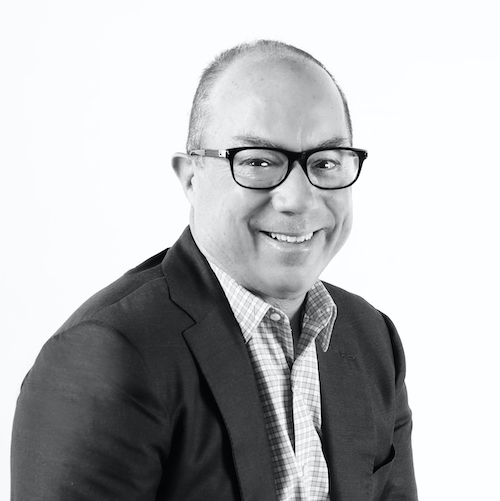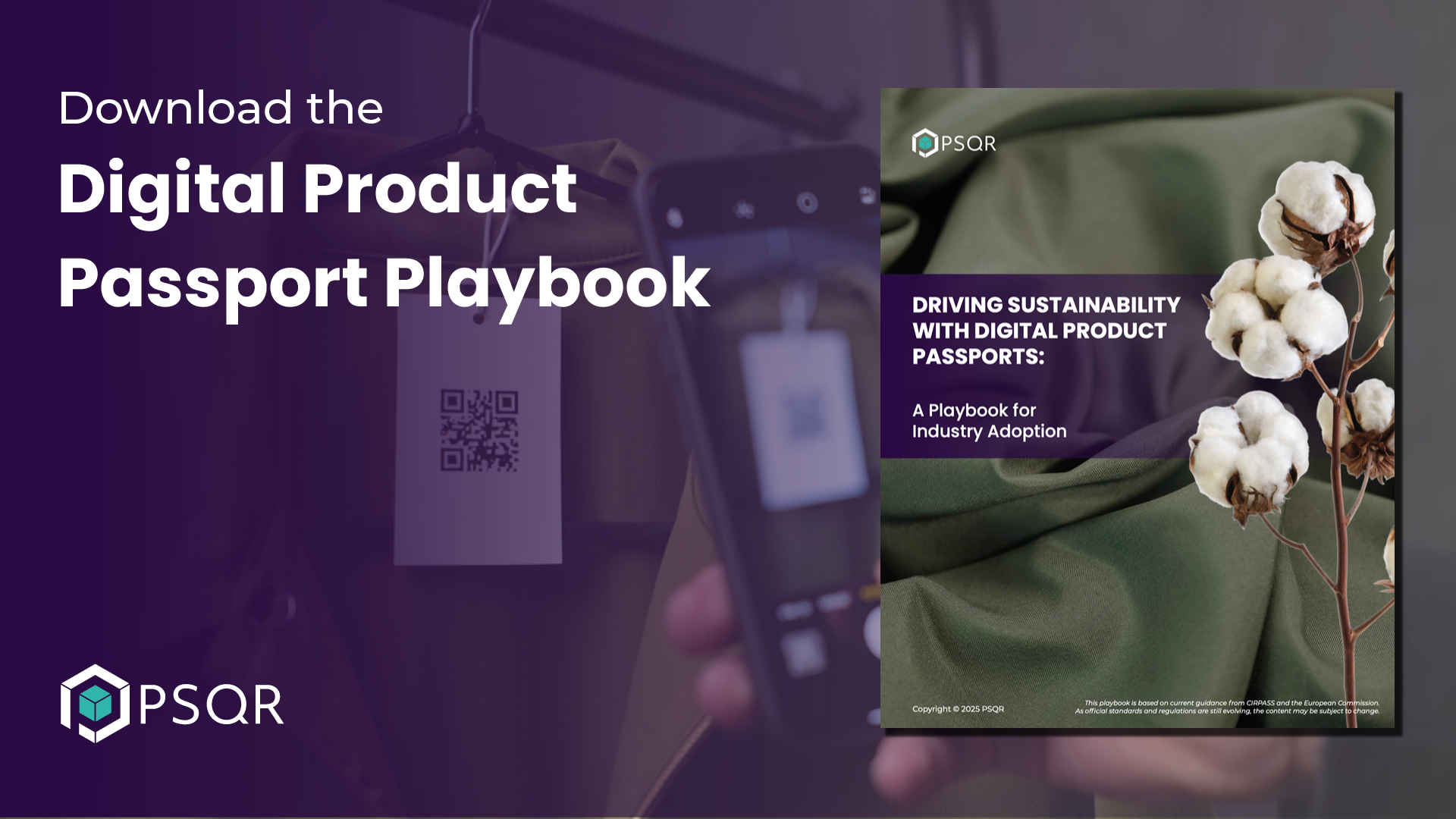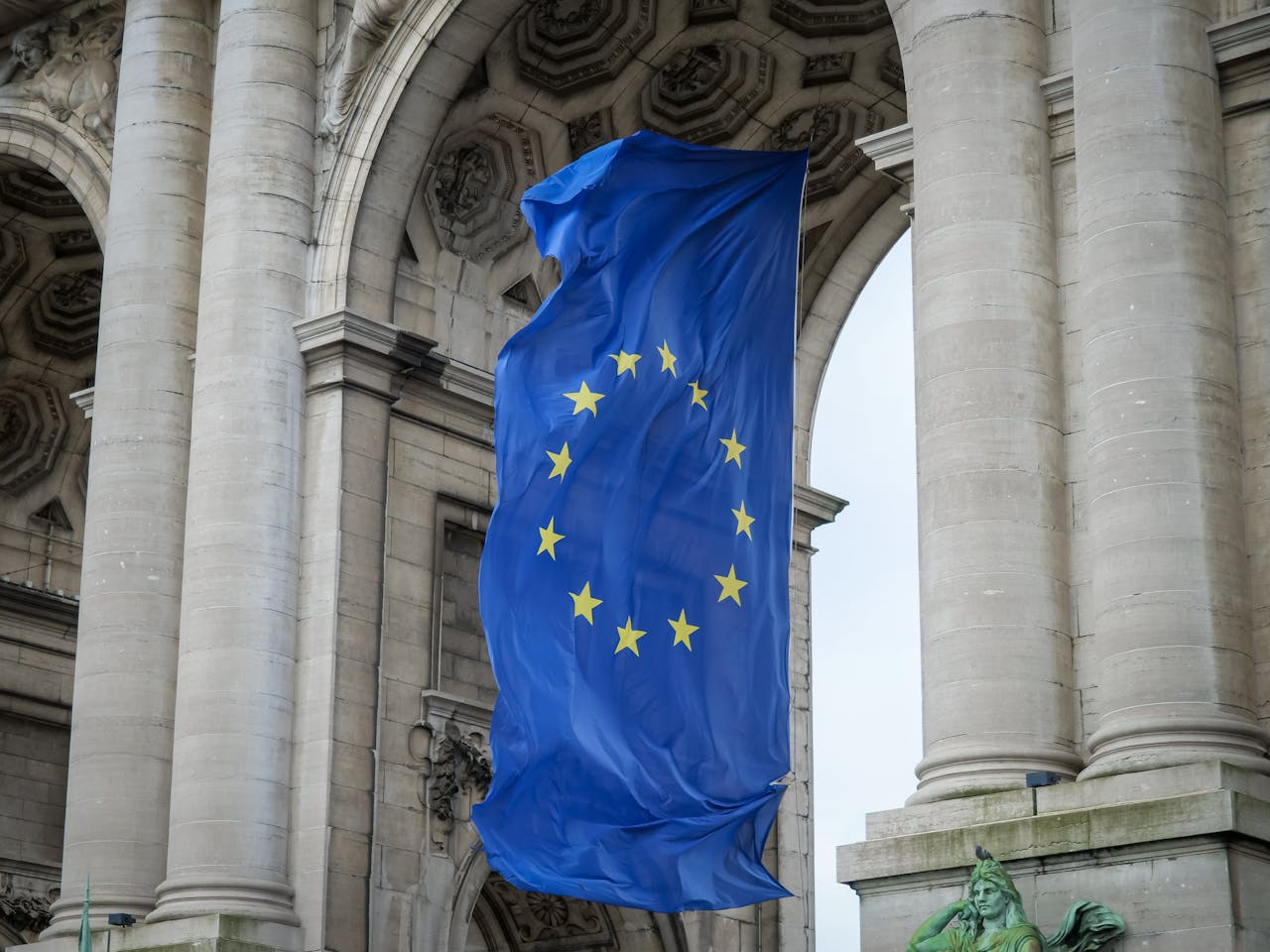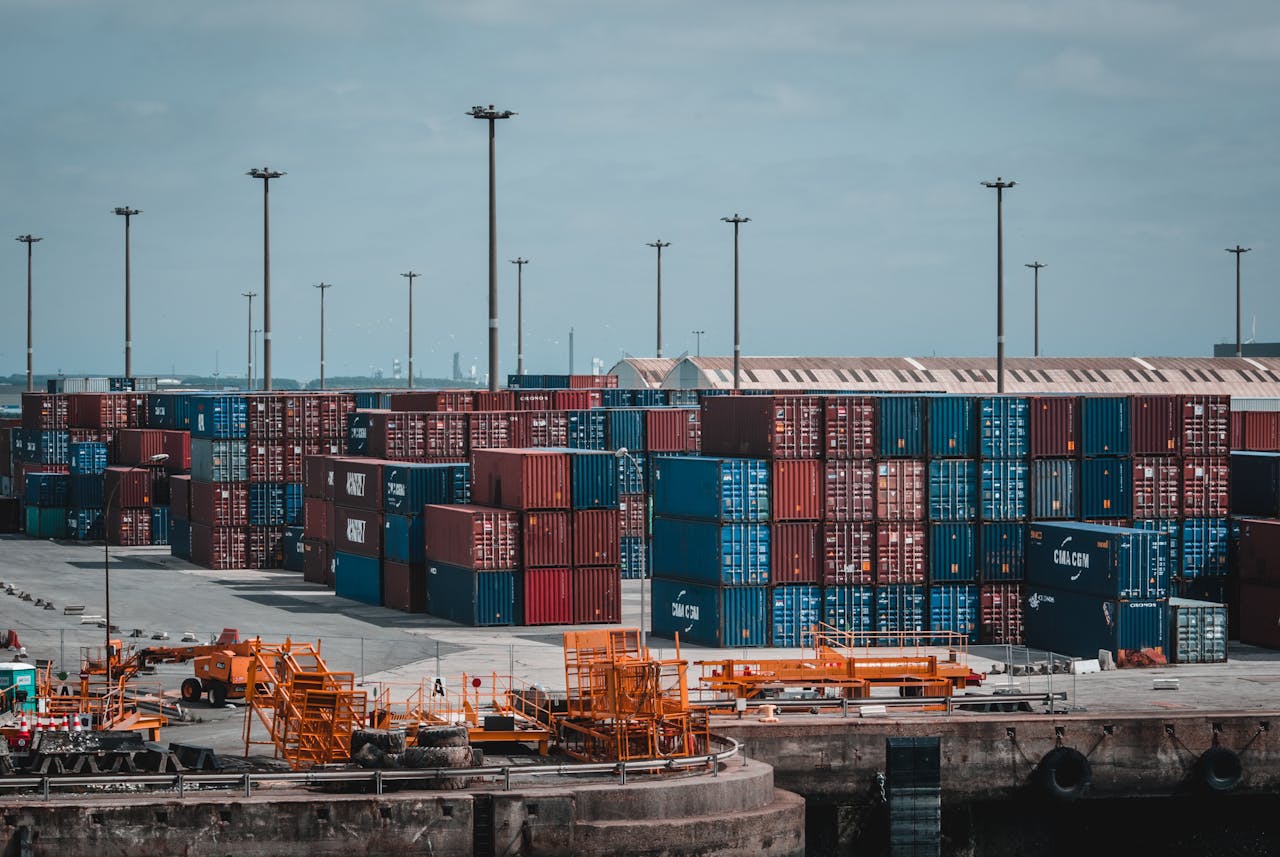Sustainable seafood has become a hotly debated topic lately.
By any measure, the seafood industry is big, and getting bigger. Over the past 60 years, fish consumption worldwide has increased by an average of 3.1% per year. This is almost twice the average increase of the world population of 1.6% during the same period.
It is also higher than the increase in worldwide consumption of all other animal proteins combined, such as milk, dairy, pork, beef, and poultry, which was 2.1% annually.
Currently, China has the highest consumption of seafood globally. Moreover, by 2029, Asia will account for 75% of the additional fish consumption worldwide. Overall, the value of the seafood industry is nearly $400 billion globally.
But this growth has not come without significant challenges. Food safety, illegal fishing practices, overfishing, slave labour, carbon emissions, and intentional mislabeling are not new issues. What is new is widespread awareness of the issues and the establishment of standards and technologies required to address and improve seafood sustainability.
Awareness Surrounding Sustainable Seafood
Consumers are increasingly aware that:
- 20%-40% of seafood is mislabeled
- In some geographies, slave labour is as high as 75% of the seafood workforce
- In the world’s most important fish stocks, 90% are known to be over-fished
- Over 30% of wild-caught seafood ends up in waste. And for seafood companies, with awareness comes culpability.
Fortunately, governments, NGOs, and regulatory bodies (e.g. the USFDA) are taking steps to put specific and measurable guidelines in place to incent the right behaviours.
Operational and Technical Standards Are Improving Seafood Sustainability
The recent growth of standards bodies has been substantial and impactful. The standards are working on progressing the industry in terms of what is measured and how it is measured
These standards are working on ensuring:
- The over-fishing in the oceans comes to a halt
- Protection of our oceans ecosystems
- Certification that confirms aquaculture and wild-caught seafood is harvested and fished in socially and environmentally responsible ways
- A framework of critical tracking events and key data elements

To point out, GS1’s data sharing standard EPCIS additionally helps provide the “what, when, where, why and how” of products and other assets. This further enables the capture and sharing of interoperable information about status, location, movement and chain of custody.
So, we have awareness of the problem and common standards against which to measure the impact of the problem. All of this is a great starting point in improving sustainable seafood practices.
Regulation and Certification
Regulation of wild caught and aquaculture operations vary widely by species, farming system, and country.
Unfortunately, the least amount of regulation is found in the countries producing the highest volume of seafood, primarily in Asia.
There is very little global regulation activity that exists across countries. In the absence of this, and to buoy consumer confidence, a number of certification schemes and groups have filled in the gap. This is a very positive step, but is it sufficient? Let’s take a look.
Farmed
- Best Aquaculture Practices (BAP), created by the Global Aquaculture Alliance (GAA)
- Aquaculture Stewardship Council (ASC)
Unlike, for example, the USDA organic certification, both BAP and ASC are private companies without government oversight. On paper, the standards do ensure seafood sustainability. They also ensure that farms with the certification are using some improved practices, like avoiding prohibited antibiotics.
However, some industry experts question how reliable the certifications are.
Often these organizations even have executives from seafood companies sitting on their boards.
Wild-Caught
The Marine Stewardship Council (MSC) is the main certifier of sustainable wild fisheries.
At MSC, there is an independent assessment team of scientific experts. They are convened by the certifier to assess a fishery against MSC fishery standards. The label’s credibility is in checks and balances built into the systems, and the fact that the standards are continuously updated, and transparent.
The trickiest aspect of MSC’s certification is that it works on a point system you don’t see on the label. Fisheries that “pass”get a score between 60 and 100, 60 being the minimum certification requirement and 100 being a perfectly sustainable operation. A score between 60 to 79 means a “conditional pass,” and MSC provides the fisheries with a list of improvements it must make.
However, that fishery is allowed to use the “certified sustainable” label while it’s making (or possibly not making) those improvements. The follow-up check happens five years later.
Finally, there is Whole Foods. Its standards rely heavily on MSC for wild shrimp, and it maintains its own farmed shrimp standards, which ban antibiotics and preservatives and “prohibit conversion of sensitive ecosystems such as mangrove forests into shrimp farms, and we track the shrimp from pond to store to ensure the standards are met.”
Many consider its standards to be the best in the industry, but, again, the company creates and maintains its own standards, so there is little outside oversight compared to a third-party verification system.
PSQR as an enabler of sustainable seafood
PSQR is an EPCIS-based traceability software company tracking over 20 billion items annually across a variety of industries including seafood (wild caught and aquaculture).
Our flagship product Saga enables the granular tracking of seafood from broodstock or trawler to the consumer at sell unit level. Importantly, it is standard agnostic in the sense that we are happy to build solutions that capture the critical tracking events (CTEs) or key data elements (KDEs) most relevant to the companies we work with and for.
GS1 Standards are at the core of our seafood traceability software
PSQR’s flagship product Saga at its core an EPCIS-based supply chain event repository – bridges the physical and digital worlds by capturing the digital markers (from bar codes, RFID tags, IoT devices, etc.) that represent the creation, transformation, and movement of an item across each of the actors in a supply chain. It is also capable of ingesting structured and unstructured data from existing documents such as Excel documents.
Key to note is that PSQR’s use of GS1’s EPCIS language enables the interoperability and sharing of the data with every party in the supply chain. This data sharing is not just important to traceability but also contributes to the creation of resilience throughout the supply chain.
Extensibility, the ability to expand the functionality or capabilities of a solution, is key to our work with customers across all industries.
While some industry standards or regulatory bodies specify the CTEs or KDEs that must be captured and measured, many companies have many more CTEs or KDEs that are critical to their unique business that must be measured. There is no limit to how many of these can be integrated into our customized solution.
Seafood Traceability Software for an Increased ROI
We have listed some reasons for investing in seafood traceability software and working toward more sustainable seafood products.
Please take a look at the image below:

If these are not compelling enough, there is the financial ROI that comes with seafood traceability. A recent study conducted by Planet Tracker identified that seafood traceability could double the EBIT Margin of seafood companies while reducing investor risk.
Further, the study predicted that the investment in seafood traceability generates an IRR ranging from 39% to 62%, depending on the implementation, with significant improvement in waste (-50%) and recall costs (-25%).No matter what the motivation, traceability is very good for the seafood industry. PSQR looks forward to working with seafood companies and helping them ensure seafood sustainability through traceability.
Interested to learn more? You can find more information in our Seafood Traceability eBook below.







